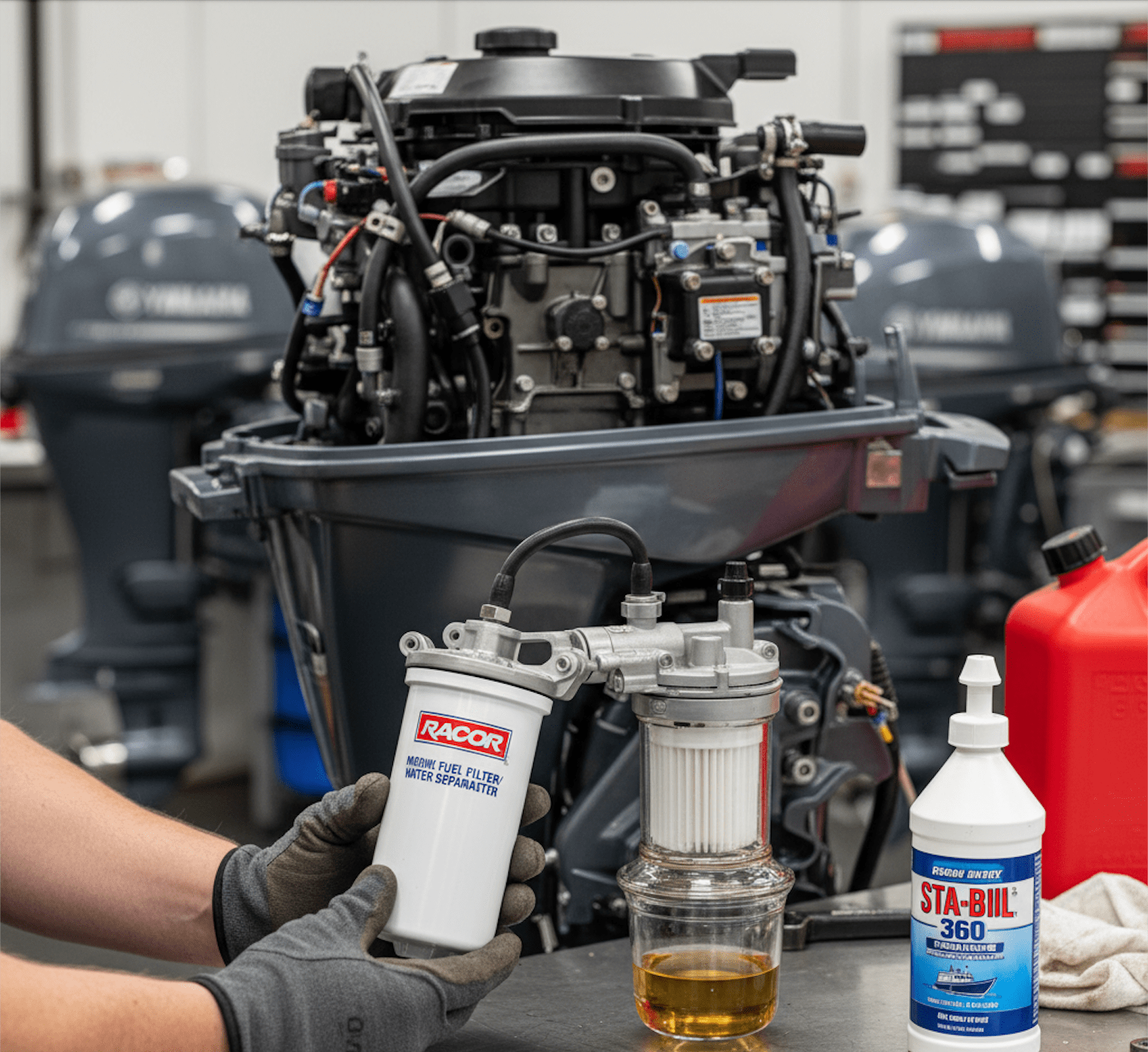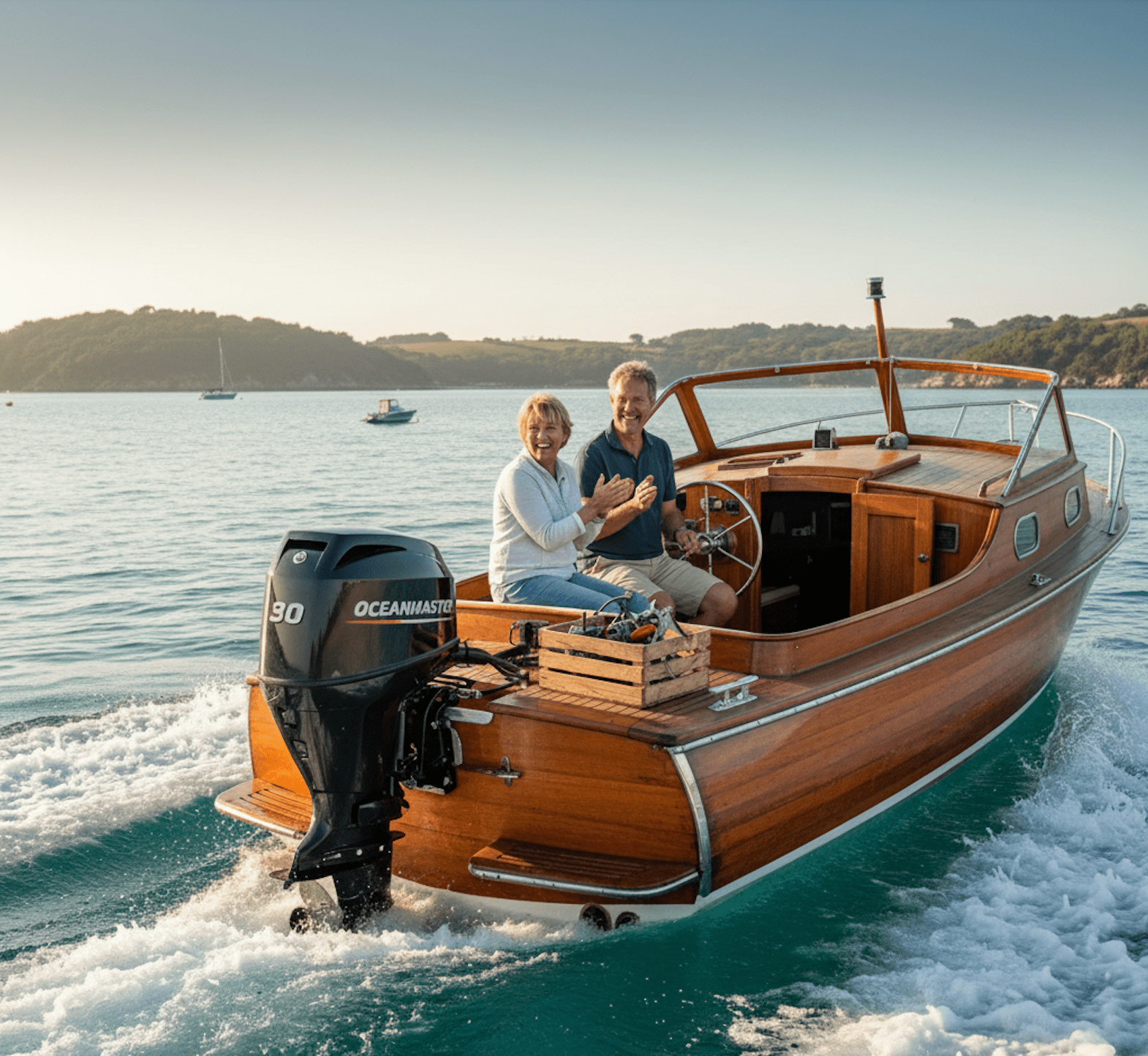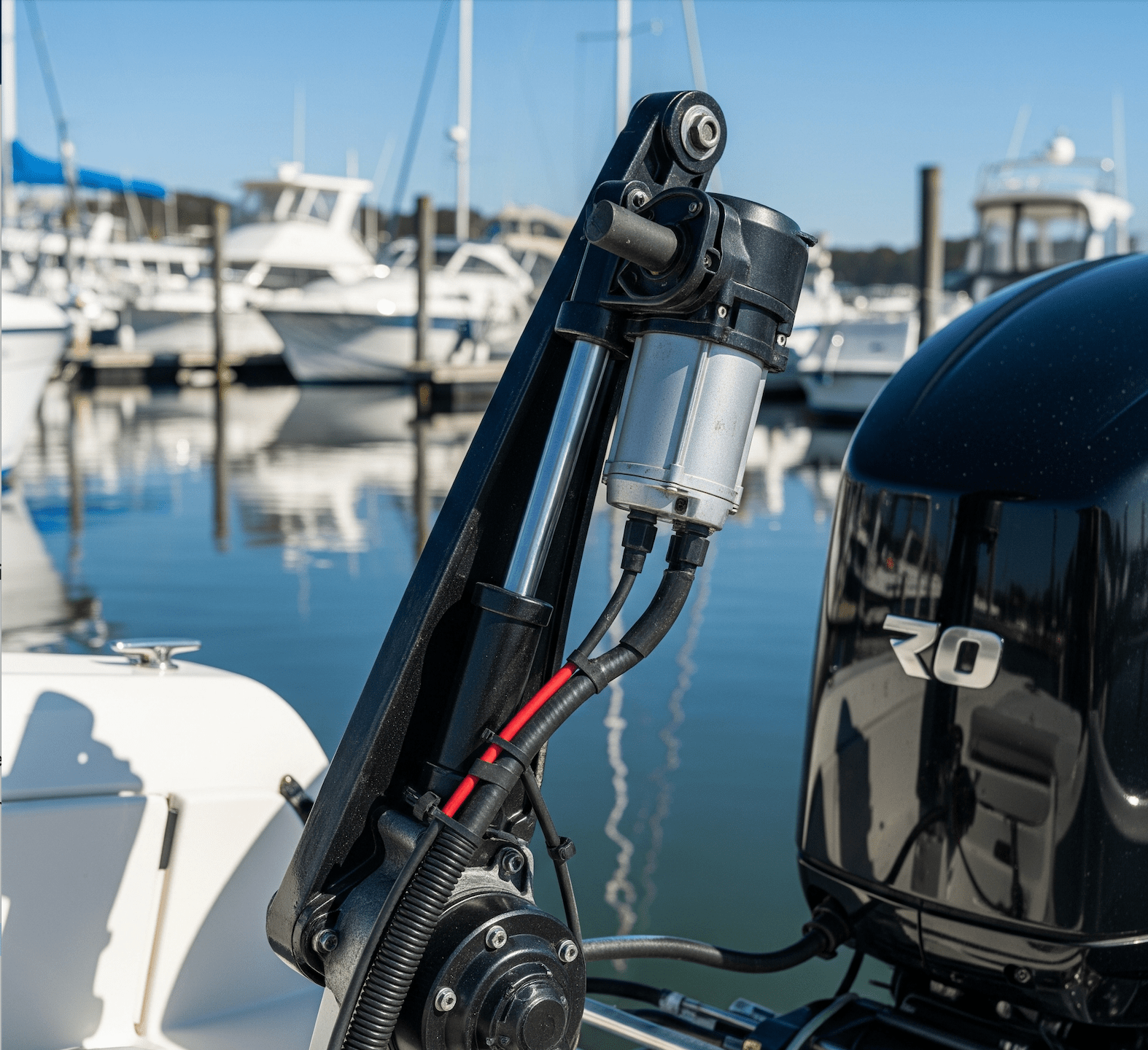So, you're in the market for a new outboard motor. Exciting! Whether you're upgrading, replacing a worn-out engine, or rigging out a brand-new boat, this is a significant investment that will directly impact your on-water experience. But with so many options out there, how do you pick the right one?
Don't worry, we're here to help you navigate the waters. This guide will break down the key factors to consider when choosing a new outboard, ensuring you make an informed decision that will keep you happily cruising for years to come.
1. Horsepower: The Heart of Your Performance
This is often the first thing people think about, and for good reason. Horsepower (HP) dictates your boat's speed, acceleration, and ability to handle various loads and conditions.
- Manufacturer's Recommendations: First and foremost, check your boat's transom plate. Every boat has a maximum horsepower rating set by the manufacturer. Never exceed this rating. Overpowering your boat is dangerous and can void your warranty.
- Intended Use:
- Cruising and Fishing: If you're primarily using your boat for leisurely cruises, fishing, or light watersports, you might not need the absolute maximum HP. A mid-range motor could be more fuel-efficient and still provide plenty of power.
- Watersports (Skiing, Wakeboarding): These activities require significant power to get skiers or boarders up quickly and maintain speed. You'll likely want to be closer to your boat's maximum HP rating.
- Heavy Loads/Rough Water: If you frequently carry a lot of gear or passengers, or operate in choppy conditions, more horsepower will help your boat perform optimally and safely.
- Boat Size and Weight: A heavier, larger boat will naturally require more horsepower to achieve the same performance as a smaller, lighter one.
2. Two-Stroke vs. Four-Stroke: A Fundamental Choice
This has been a hot topic in the marine industry for years, and both technologies have their merits.
- Four-Stroke Outboards:
- Pros: Generally quieter, more fuel-efficient, produce fewer emissions, smoother idle, and often require less frequent maintenance (no oil mixing).
- Cons: Tend to be heavier, more complex (more moving parts), and often have a higher initial purchase price.
- Two-Stroke Outboards (especially direct injection - DFI):
- Pros: Lighter weight, higher power-to-weight ratio, excellent hole shot (quick acceleration), and often a lower initial cost. Modern DFI two-strokes are significantly more fuel-efficient and cleaner than older carbureted models.
- Cons: Can be louder, and while DFI models are much improved, they still generally consume more fuel and produce more emissions than four-strokes.
The Verdict: For most recreational boaters, the fuel efficiency, quiet operation, and lower emissions of a four-stroke make it the preferred choice. However, if weight is a critical factor (e.g., for smaller, lighter boats or those with strict weight limits), or if you prioritize maximum acceleration and a slightly lower upfront cost, a modern DFI two-stroke could be a great option.
3. Shaft Length: Get It Right or Regret It!
This is a critical measurement that's often overlooked. The shaft length of your outboard must match the height of your boat's transom. Getting this wrong can lead to serious performance issues, cavitation, and even damage.
- How to Measure: Measure from the top of your boat's transom (where the motor clamps on) down to the bottom of the hull's "V" or the keel.
- Common Shaft Lengths:
- Short Shaft: 15 inches
- Long Shaft: 20 inches
- Extra Long Shaft: 25 inches
- Ultra Long Shaft: 30 inches (and sometimes 35 inches for very large boats)
Rule of Thumb:
- Most smaller boats (dinghies, canoes, some jon boats) will use a short shaft.
- The majority of recreational boats, including many runabouts, pontoons, and fishing boats, will require a long shaft.
- Larger boats with higher transoms, especially offshore center consoles, will need extra-long or ultra-long shafts.
Always double-check your boat's transom height before ordering an outboard!
4. Weight: A Factor for Performance and Safety
The weight of the outboard can significantly impact your boat's performance, balance, and even safety.
- Transom Capacity: Similar to horsepower, your boat's transom has a maximum weight capacity. Exceeding this can lead to structural damage, poor handling, and instability.
- Boat Balance: A motor that's too heavy can cause your boat to sit low in the stern (bow high), affecting planning ability, fuel efficiency, and overall handling.
- Four-Stroke vs. Two-Stroke Revisited: As mentioned, four-stroke engines are generally heavier than comparable two-stroke engines. If you're replacing an old two-stroke with a new four-stroke, be mindful of the weight difference.
5. Intended Use and Features: Tailor Your Choice
Beyond the core mechanical aspects, consider how you'll primarily use your boat and what features will enhance your experience.
- Saltwater vs. Freshwater: If you're primarily boating in saltwater, look for outboards designed with enhanced corrosion protection. Many manufacturers offer specific "saltwater series" models.
- Electric Start & Power Trim/Tilt: These are standard on most larger outboards and highly recommended for convenience and ease of operation. Even on smaller engines, electric start is a huge upgrade.
- Remote vs. Tiller Steering:
- Remote: Most modern boats will use remote steering (wheel and throttle controls at a console).
- Tiller: Smaller boats, especially jon boats and inflatables, often use tiller steering, where the operator sits at the stern and directly controls the motor.
- Fuel Injection vs. Carbureted: Most new outboards are fuel-injected for better performance, fuel economy, and easier starting. Carbureted engines are generally found only on very small, entry-level outboards.
- Technology & Connectivity: Many modern outboards offer integrated digital displays, connectivity with marine electronics (NMEA 2000), and even joystick control for multi-engine setups. These features can enhance your boating experience but also add to the cost.
Making Your Decision
Choosing the right new outboard motor is a multi-faceted decision. By carefully considering horsepower, two-stroke vs. four-stroke technology, critical shaft length, weight limitations, and your specific intended use, you'll be well on your way to selecting the perfect power plant for your boat.
Don't hesitate to consult with experienced marine mechanics or reputable dealers. They can provide invaluable insights tailored to your specific boat and needs.
Happy boating!
Subscribe to our newsletter and receive a selection of cool articles every weeks.







